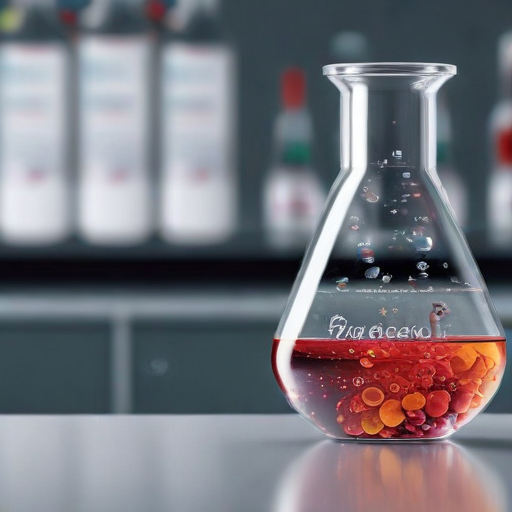As we kick off a new week, we hope you had a restorative weekend to prepare for the busy days filled with online meetings, calls, and deadlines ahead. To help get you motivated, we suggest starting with a delightful pistachio creme, and we’ve gathered some noteworthy updates to accompany your morning coffee.
In significant news from the biotechnology sector, GSK has announced plans to exit the Biotechnology Innovation Organization (BIO), which is recognized as the largest trade group in the biotech industry. This decision marks GSK as the fifth company to withdraw from BIO in the past year, following the exit of Pfizer and UCB, among others. These departures come at a time of reduced lobbying spending within the group and various operational challenges. This year, BIO underwent a restructuring that included laying off 30 employees, including several top leaders. Their current executive, John Crowley, took the reins in March, bringing fresh leadership after a tumultuous period that saw four CEOs in just four years.
Despite these challenges, GSK remains actively engaged in lobbying efforts, having spent $3.87 million in the first three quarters of 2024, a slight increase from the $3.63 million in the same timeframe last year. Additionally, with the shift of political power in Washington, the pharmaceutical industry is presented with new opportunities to adjust aspects of the Medicare drug pricing negotiation law that could be beneficial for stakeholders.
Another critical point of interest is the pharmaceutical manufacturing landscape. Recent data reveals that manufacturers in India, China, and Europe dominate the market for active pharmaceutical ingredients (APIs) used in drugs intended for the U.S. market. A mere 4% of active APIs disclosed in Drug Master Files (DMFs) filed with the U.S. Food and Drug Administration are produced in the U.S. In contrast, India accounts for 50%, China contributes 32%, and the European Union represents 10% of the APIs. While these figures suggest a significant reliance on foreign production, it is important to note that not all drug products utilize APIs linked to DMFs.
However, the data from the U.S. Pharmacopeia indicates clear global manufacturing trends, with India leading the charge on active DMFs at 48%, followed by the EU at 17%, China at 16%, and the U.S. at 9%. This landscape offers merely a glimpse into the broader complexities of drug production and sourcing.
As we move forward, the pharmaceutical industry has the potential to adapt and innovate in response to these shifts, forging new paths in both domestic and international manufacturing capabilities.
Let’s approach this week with optimism and determination, ready to see how these developments unfold and carry forward the momentum towards progress and improvement. Best wishes for a productive day ahead!
